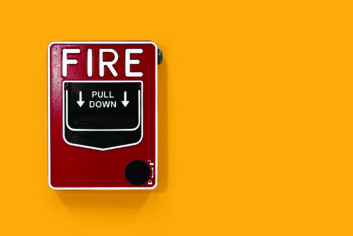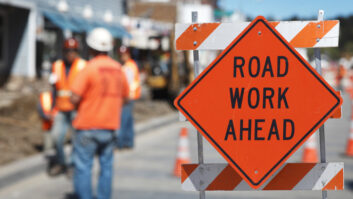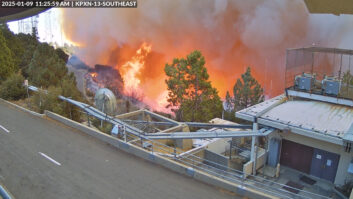
The article “Fires, Your Station and You” by Buc Fitch was a great reminder to take a look around and introduce some common sense into planning for something we hope never happens — a fire.
As the chief of a volunteer fire department, I see lots of foolish and sometimes even borderline criminal things. Our mantra, unfortunately, is “You can’t fix stupid.”
Here are a couple of quick items to add to the sensible fire safety suggestions in that article:
- Close those doors — All of that wiring and plastic in your station gives off nasty gases when it burns; and though the smoke from plenum rated cable is supposed to be “less toxic,” they stop short of calling it “nontoxic.” Even if the smoke is not obscuring your vision, there’s a good chance you are breathing stuff that your life insurance carrier would prefer you do not. If you can’t knock down a fire quickly with a single extinguisher, consider backing out; and make sure you close the door to limit the oxygen supply to the fire. That last part is very important. As you plan your fire escape strategy with staff, make sure they understand that exiting the building and leaving every door wide open is a great way to provide all the oxygen that a fire needs to spread.
- Call the fire department — Not when your station is already on fire, but before anything happens. Most fire departments are happy to do a “pre-plan” walk-through with you, which may also buy you some good will when they point out that you have code violations. Keep in mind that should those violations be discovered after you have a fire and someone is seriously hurt, the consequences will be significantly more unpleasant than the embarrassment of discovering them as you walk through with the fire department.
- Make a plan — A pre-plan will not only be informative for you and management but will also give the fire department an opportunity to see the layout of your facility and identify any hazards that might lurk there when they do respond with your building full of smoke and time is of the essence.
- Check those fire extinguishers —They need to be checked and recharged. Since you are going to pay someone to do so, consider having your staff practice with them as part of your ongoing maintenance cycle. The time to learn how to use one correctly is NOT when you actually need to use one.
While on the subject of not learning things when you need to use them, consider bringing in a CPR instructor to do a class for your staff. One of your fellow employees might save your life, and they will certainly be grateful if they save a family member using training you forced them to take.
— Ron Kumetz N1WT, Director of Engineering, Broadcast Devices Inc., Alburgh, Vt.







